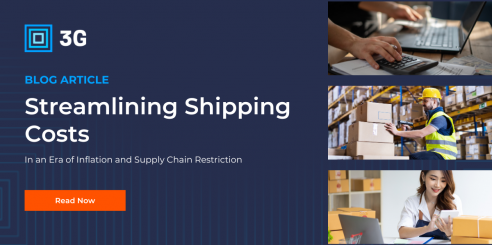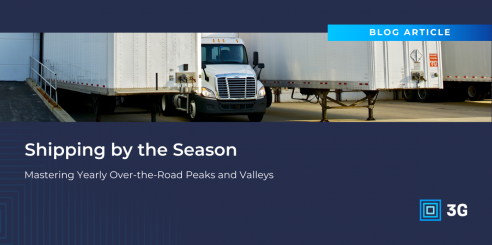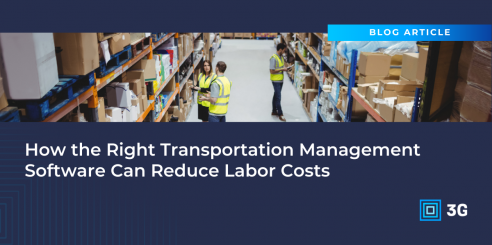Tag: Optimization
Optimizing less-than-truckload shipments is critical for making the most of this cost-saving shipping mode. Here are four tips to help.
Multi-carrier shipping software is crucial for succeeding in today’s logistics market. Here are five ways it can help in planning shipments.
Friendshoring has the potential to dramatically alter the fulfillment landscape. Is your company prepared?
Is sustainable shipping achievable with today’s technology? Here’s how transportation software can help.
The rise in fuel prices is impacting shipping costs around the world. Here’s how to offset your operational expenses.
Shippers need clear and reliable strategies and tools to streamline their processes and reduce their costs. But it’s not enough to partner with more secure suppliers, plan shipping routes more effectively, or optimize carrier selection — to be successful, shippers must do all of the above, and more. That’s where a transportation software suite comes in.
Just like nature, every industry has specific seasons, marked by high levels of demand or relative quiet and operational downtime. Though the shipping industry has been in a state of constant flux and disruption over the past few years — driven by the pandemic and growing popularity of e-commerce — there are certain long-familiar industry patterns which remain intact to this day.
Amid the fast pace of today’s logistics and transportation market, shippers are under increasing pressure to enhance efficiency and control costs. The frontline workers responsible for critical tasks like route planning, overseeing compliance, or driving vehicles can no longer keep up with the pace of the industry using just spreadsheets and manual systems.
As digital transformation continues to accelerate customer expectations for shipping speeds, inefficient, manual transportation management can be devastating to productivity. On top of slowing down processes, operations that rely on spreadsheets and cumbersome management methods quickly rack up unnecessary costs from inefficiency, especially when it comes to labor.
Supply chains are only becoming more complex. We see how limiting it is to use manual systems and track shipments with multiple tools, making it difficult to handle the high volume of shipments necessary to compete in this landscape. This gap in performance is now leading to inefficiencies, a high number of errors, and a lack of real-time visibility into the supply chain.









